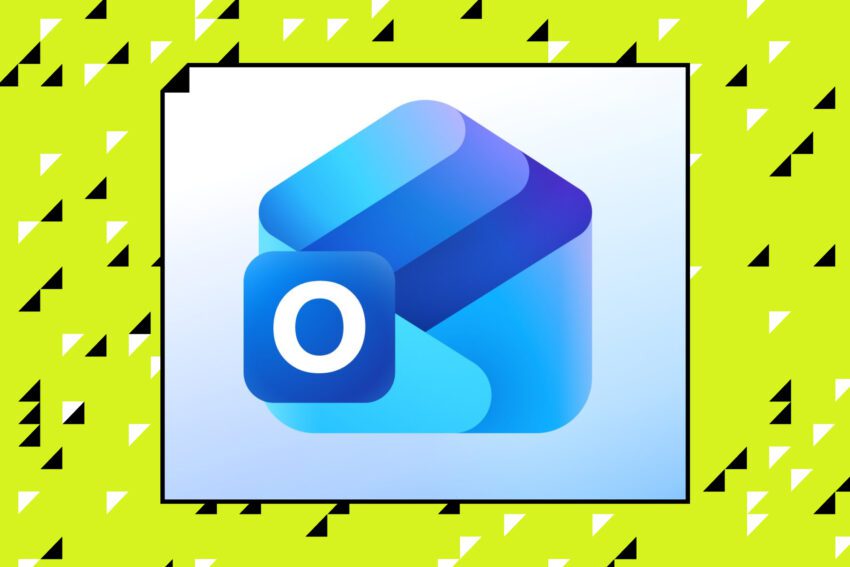
microsoft outlook is getting an ai overhaul Microsoft is set to transform its Outlook email client significantly as it embraces artificial intelligence, following a recent reorganization of its development team.
microsoft outlook is getting an ai overhaul
Background on Outlook’s Evolution
Microsoft Outlook has undergone substantial changes over the past few years, particularly with its transition to a web-based platform. This shift aimed to enhance accessibility and usability, allowing users to access their emails and calendar from various devices seamlessly. However, as technology continues to evolve, so too do user expectations. The integration of artificial intelligence (AI) into everyday applications has become a focal point for many tech companies, and Microsoft is no exception.
With the rise of AI, users are increasingly looking for smarter, more intuitive tools that can help them manage their communications and schedules more efficiently. This has prompted Microsoft to rethink its approach to Outlook, moving beyond simple updates and instead aiming for a comprehensive overhaul that leverages AI capabilities.
Leadership Changes and Strategic Focus
Recent reports indicate that Microsoft has reorganized its Outlook team, placing new leadership at the helm. Gaurav Sareen, who has been appointed as the corporate vice president of global experiences and platform, is now leading the charge for this transformation. In an internal memo, Sareen emphasized the importance of reimagining Outlook for the AI era, stating, “Instead of bolting AI onto legacy experiences, we have the chance to reimagine Outlook from the ground up.”
This statement underscores a critical shift in Microsoft’s strategy. Rather than merely enhancing existing features with AI, the company aims to create a fundamentally new experience that integrates AI seamlessly into the user interface and functionality of Outlook. This approach reflects a broader trend in the tech industry, where companies are increasingly recognizing the need to innovate rather than simply iterate on past designs.
Implications of the Overhaul
The implications of this overhaul are significant for both users and the broader market. For users, a reimagined Outlook could mean a more personalized and efficient experience. AI could enable features such as smart email sorting, predictive text, and automated scheduling, which would help users manage their time and communications more effectively.
Moreover, the integration of AI could lead to enhanced security features, as machine learning algorithms can analyze patterns and detect potential threats more effectively than traditional methods. This is particularly important in an era where cyber threats are increasingly sophisticated and prevalent.
Stakeholder Reactions
The response from stakeholders has been largely positive, with many expressing excitement about the potential of AI to transform Outlook. Industry analysts have noted that this move aligns with broader trends in enterprise software, where companies are increasingly looking to integrate AI to enhance productivity and streamline workflows.
Furthermore, existing Outlook users have also shown interest in the proposed changes. Many have expressed a desire for more intelligent features that can help them navigate their inboxes more efficiently. The promise of a more intuitive user experience could lead to increased user satisfaction and retention, which is crucial for Microsoft as it competes with other email clients and productivity tools.
Challenges Ahead
Despite the excitement surrounding the overhaul, Microsoft will face several challenges as it embarks on this ambitious project. One of the primary concerns is ensuring that the new AI features are user-friendly and genuinely enhance productivity rather than complicate the user experience.
Additionally, there is the challenge of integrating AI into Outlook without alienating existing users who may be accustomed to the current interface and functionality. Balancing innovation with familiarity will be crucial for Microsoft as it seeks to attract new users while retaining its current customer base.
Competition in the AI Space
Microsoft is not alone in its pursuit of AI integration within productivity tools. Competitors such as Google, with its Gmail and Google Workspace offerings, are also exploring similar enhancements. This competitive landscape means that Microsoft must not only innovate but also differentiate its offerings to stand out in a crowded market.
As other companies roll out their AI-driven features, Microsoft will need to ensure that its solutions are not only cutting-edge but also provide tangible benefits to users. This will require ongoing research and development, as well as a commitment to listening to user feedback throughout the process.
Future Prospects for Outlook
The future of Outlook appears promising as Microsoft embarks on this AI-driven transformation. By reimagining the email client from the ground up, the company has the opportunity to set a new standard for productivity tools in the digital age. As AI continues to evolve, so too will the capabilities of Outlook, potentially making it an indispensable tool for both personal and professional use.
Moreover, the integration of AI could pave the way for new features that have yet to be imagined. For instance, AI could enable advanced analytics that provide users with insights into their communication patterns, helping them identify areas for improvement in their productivity. Additionally, features such as natural language processing could allow users to interact with Outlook in more intuitive ways, such as through voice commands or conversational interfaces.
Conclusion
As Microsoft Outlook prepares for a significant AI overhaul under new leadership, the potential for innovation is vast. By focusing on reimagining the email client rather than simply enhancing existing features, Microsoft aims to create a more intelligent and user-friendly experience. While challenges remain, the excitement surrounding this transformation reflects a broader trend in the tech industry, where AI is increasingly seen as a key driver of productivity and efficiency.
As users await the rollout of these new features, the tech community will be closely monitoring Microsoft’s progress. The success of this initiative could not only redefine Outlook but also set a precedent for how AI can be integrated into productivity tools across the industry.
Source: Original report
Was this helpful?
Last Modified: October 24, 2025 at 9:37 pm
13 views















